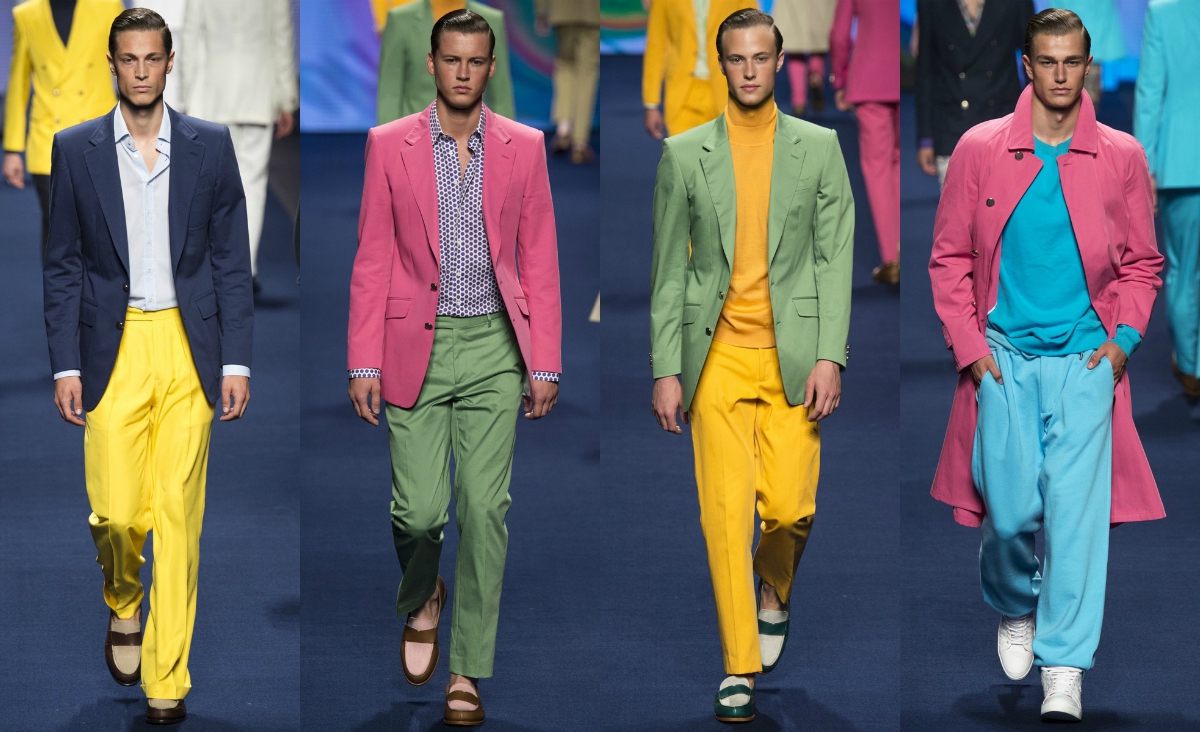
 The Science Behind Trends
The Science Behind Trends
Other | Thursday 15th October 2015 | Ben
Now that Twitter has become embedded in our lives, the phenomenon of the trend is never far away. Browsers can see it every day on the popular social media tool – a series of ‘trending’ topics down the left hand side. These are the people - or the events, or the sports clubs, or the TV programmes - that are being discussed most intensely and for many brands getting their hashtag trending is a marketing dream.
Trends are most closely associated with fashion. Every year, or more accurately every season, trends in clothing design emerge. A particular style or look catches the eye and turns heads, the clothing moves quickly from the pages of glossy magazines to high street stores and online retailers, and then to consumers. From that point on the process is usually the same, regardless of what the trend actually is.
This Esquire article on the life cycle of a trend puts it very well: ‘It usually goes something like this: We’ll notice it first on a stranger on the street, or a friend from work, or a movie star or sports hero on a screen large or small. It’s a tie bar. It’s a fedora, a gingham shirt, a velvet blazer. An insignificant detail yet we notice it anyway. And once we notice, we’ll start seeing it more and more often on men who don’t look terrible wearing it.’

The cycle of the trend then unfolds. Let’s go with a tweed blazer, for argument’s sake. Having seen others wearing it, and looking pretty good in it, you decide to go for it and buy a tweed jacket yourself. You’re not completely convinced – it’s not the usual sort of thing you’d wear – but your girlfriend has remarked on how cool and stylish the garment looks. You wear it, quite a lot, in fact. It becomes your favourite and most used item of clothing.
And then, eventually, you wear it less and less until at last, new trends emerge. The tweed jacket, which once had pride of place in your wardrobe, now merely resides there, mostly overlooked. Except, it will undoubtedly have its day again because although fashion trends never really last they do come around. And tweed is a classic example. It evokes memories of the quintessential old English countryside but it’s recently made a storming comeback. Sure enough, its trending status will fade at some point (though it will still be worn it won’t be seen ‘everywhere’), but it will be back.
Not all clothes fluctuate with trends. In menswear circles, some items are omnipresent classics – a well-fitted suit from Dobell; a versatile, high-quality pair of jeans (which never date, though fits such as skinny, worker and boot cut come and go in terms of popularity); formal shirts, Oxford shoes or tan brogues.

There is a science to fashion trends. According to this article on Psychology Today the brain loves trends because they are ‘fast acting short-lived blasts of novelty’ and adding a new item of clothing to our wardrobes allows us to experience the excitement of re-invention – in much the same way that redecorating a room in our home does. Our brain loves seeing new things for the first time and that’s why discovering the latest trends stimulates us.
